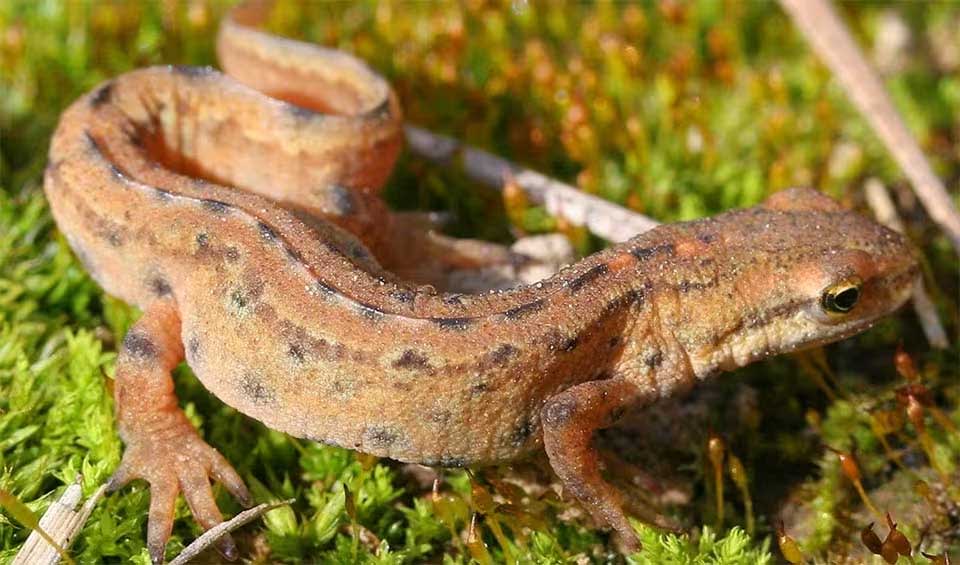Lissotriton – European newts
One of the most widespread and common newt species in Europe
These small, intriguing creatures are widely distributed across Europe and parts of Asia, capturing the attention of nature enthusiasts and researchers alike. With their distinct characteristics and behaviors, newts of the genus Lissotriton play a crucial role in the biodiversity and health of their habitats.
Members of the genus Lissotriton are relatively small compared to other amphibians. They possess slender bodies, smooth skin, and are known for their beautiful and sometimes vivid colorations. During the breeding season, males especially become more vibrant and develop distinct physical features such as a jagged crest along their backs and tails, which they use to attract females.
Lissotriton newts are primarily aquatic during the breeding season but are otherwise found in moist, terrestrial environments. They can be spotted in a variety of settings, from garden ponds to forest streams, indicating their adaptability and resilience. Their diet consists mainly of small invertebrates, such as insects, worms, and larvae, which they hunt with quick precision.
One of the most interesting aspects of Lissotriton newts is their reproductive behavior. The breeding season is a critical time when males display elaborate courtship rituals to woo potential mates. These rituals include a series of dances and movements that showcase the male’s crest and vibrant colors. Once a female is persuaded, she will pick up a spermatophore deposited by the male and fertilization occurs internally. Females lay eggs individually on aquatic plants, which they carefully fold over for protection.
Species in this genus
Smooth newt
They have the ability to regenerate lost limbs and other body parts, a superpower in the animal kingdom!


